It’s hard to believe it’s been 12 years since I first bought the Nikon D800, and while that camera has long since moved on, it still holds a special place in my lineup of favorites.
In fact, I held onto my D800 even after upgrading to its successors—the D810, then the D850, and even after Nikon’s move to mirrorless with the Z7. There was something about the D800 that made it a champ, standing the test of time and delivering remarkable results throughout its lifespan. It’s easily one of the most reliable and beloved cameras I’ve ever owned.
That got me thinking: is the Nikon D800 still a good camera in 2024?
Let’s find out…
Table of Contents
- Nikon D800 Specs
- Nikon D800 Build Quality
- The Nikon D800 Has Excellent ISO Performance
- Nikon D800 Autofocus Performance
- The Nikon D800 Has Superb Image Quality
- Video Capabilities of the Nikon D800
- Lens Compatibility and System Versatility
- Pros of the Nikon D800
- Cons of the Nikon D800
- Final Thoughts on the Nikon D800
Nikon D800 Specs
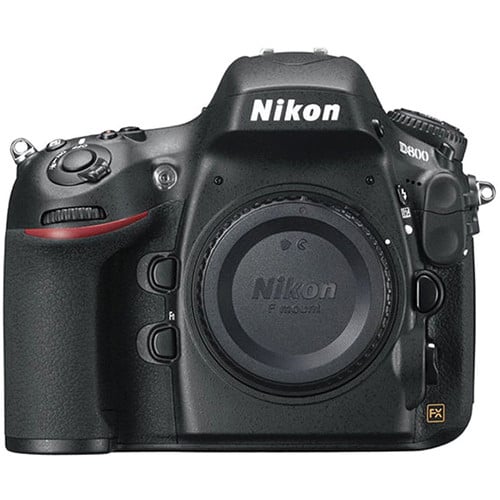
Released in March 2012, the Nikon D800 replaced the aging D700 (which, as I discuss here, is also a fantastic camera) as Nikon’s popular mid-range full-frame camera. It came loaded with much-improved features over its predecessor, modernizing the model significantly.
Here are a few key specs that made this camera a powerhouse back then (and still today):
- 36.3-megapixel CMOS full-frame sensor
- Expeed 3 image processor
- 51-point autofocus system with 15 cross-type sensors
- Native ISO range of 100-6400 (expandable to 25600)
- 3.2-inch LCD with 921,000 dots
- 1080p video at 24, 25, or 30 fps
- DX and FX capture modes
- Weather sealing
One of the most significant upgrades the Nikon D800 had over its predecessor was its sensor. The leap to a 36.3-megapixel sensor—still impressive by today’s standards—completely overshadowed the D700’s 12.1-megapixel offering. It’s funny, even now, 12 years later, I vividly remember the conversations I had with fellow D800 future owners, marveling at the camera’s extraordinary resolution.
Resolution is On Point
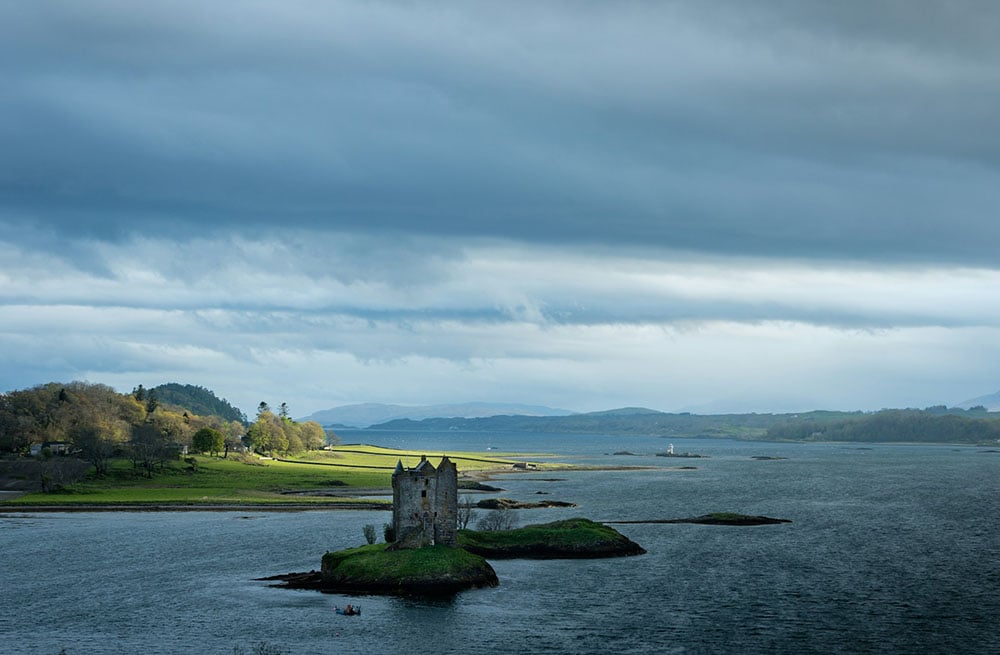
Photo by Click and Learn Photography on Unsplash (license). Taken with a Nikon D800.
Nikon’s marketing at the time used a photo of a library to highlight the D800’s resolution prowess, and I recall many discussions with early PhotographyTalk members, including friends like Scotty and Adrian. We were all in awe of how far you could zoom into that image and still see the incredible detail. It was a testament to just how far digital photography had come, and the D800 was leading that charge.
At the time of its release, the D800 offered the highest resolution sensor in any DSLR, aimed at landscape, portrait, and studio photographers who needed every bit of detail possible. This was Nikon making a statement—not only were they raising the bar in resolution, but they were also introducing a camera that could challenge medium-format systems. The D800 bridged that gap for photographers looking to push image quality without spending five figures on medium format gear.
The 51-point autofocus system was also quick and responsive, while the ISO performance was greatly improved. I still remember being blown away by the cleanliness of images I took at high ISOs with my old D800. There was a lot that impressed me back then about this camera; a lot that still impresses me twelve years later!
Nikon D800 Build Quality
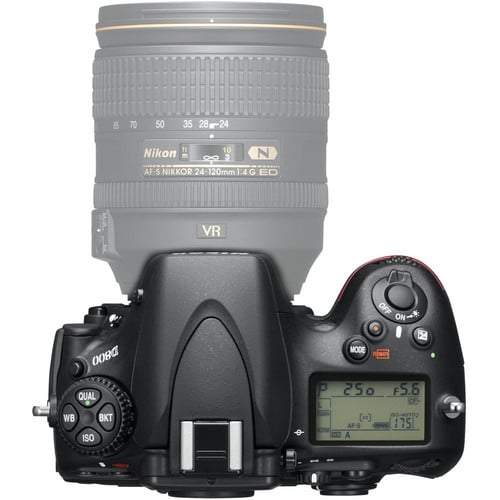
My D800 was indestructible.
Now, this isn’t to say that I abuse my gear, because I don’t. Well, not intentionally, at least! But my D800 went from the beach to the mountains to the city and everywhere in between, and it never caused me any problems.
The camera is built like a tank, and with weather-sealing, I didn’t have to worry when it started spitting rain or when dust was blowing around in the desert. Nikon used a magnesium alloy frame in the D800, and it shows. This camera could withstand being tossed around in the back of my SUV or survive the occasional knock without skipping a beat. Nikon has always been known for its rugged construction, but the Nikon D800 took it a step further, giving me peace of mind in harsh environments.
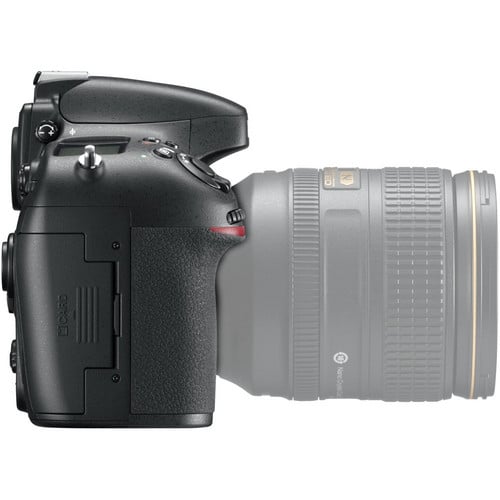
I enjoyed the feel of the D800 in my hand, too. It wasn’t too heavy, and the grip was a perfect fit for my hand. As someone who’s handled just about every camera Nikon has produced in the last 26 years, I can confidently say that the D800’s ergonomics are among the best. The camera is balanced well, even with heavier lenses attached, which is critical when you’re shooting for hours on end. It seriously feels like the camera was built specifically for me.
Some might argue that the D800 is a little bulky by today’s standards, but for me, the heft gave it a professional, reassuring feel. It’s like driving a well-built car—you want that weight because it instills confidence.
The Nikon D800 Has Excellent ISO Performance
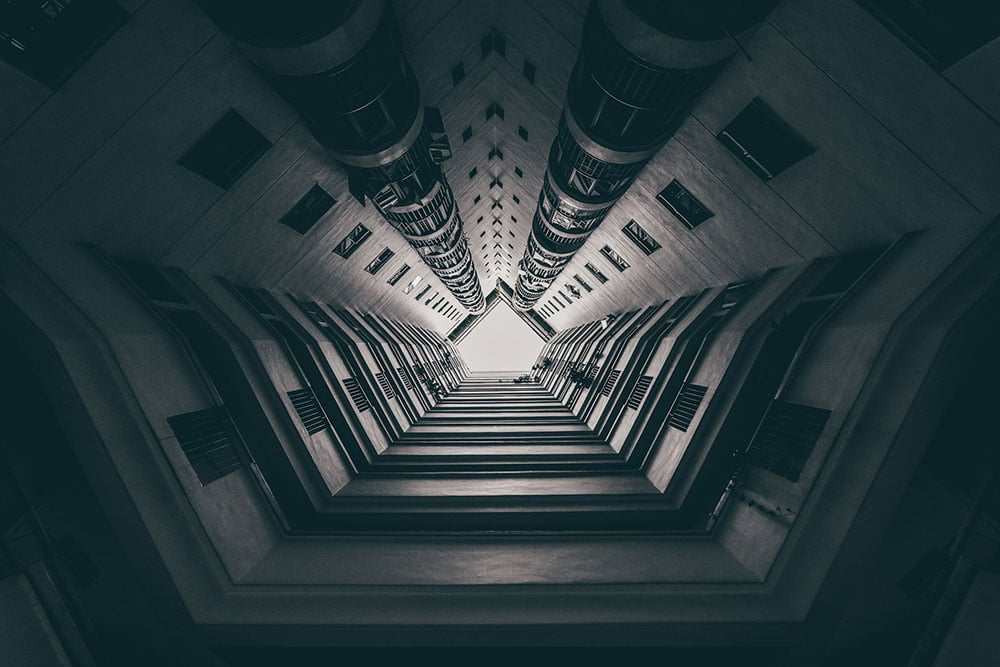
Photo by Eugene Lim on Unsplash (license). Taken with a Nikon D800.
At first glance, you might think that the D800 wouldn’t be all that great in the ISO department, given that its native range caps out at ISO 6400. You’d be wrong, though.
I found the D800 to perform very well, even when I pushed the ISO into its extended range. Sure, I wasn’t taking tons of photos at ISO 25600, but the few times when I pushed it to 12800, I still got pleasing results. That’s true in both RAW and JPEG formats.
Granted, the Nikon D800 can’t compete with newer cameras like the D850 (which has an expandable ISO range of 32-102400), but it can nevertheless produce clean results at high ISOs and does so for a far smaller price tag.
The 36.3MP sensor might not be as low-light capable as some newer models, but Nikon did a fantastic job balancing resolution with light sensitivity. If you’re a landscape or studio photographer who works with controlled lighting, the ISO performance won’t be an issue at all.
As a matter of fact, it was during this same time frame that I got into water drop photography. Like my fondness for this camera with landscape shots, it crushed it here as well. For those of us who venture into low-light scenarios more often—like nighttime urban photography or events—the D800 still holds its own.
Nikon D800 Autofocus Performance
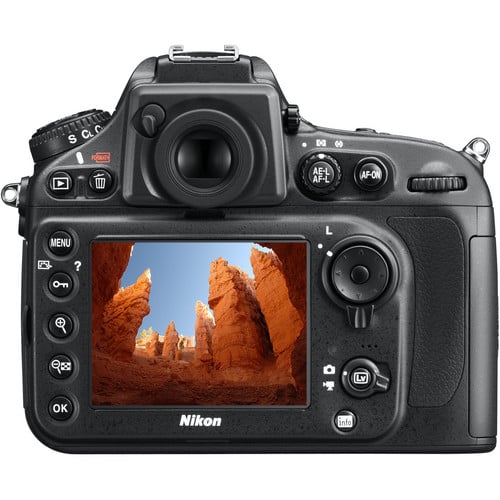
The D800’s 51-point autofocus system, with 15 cross-type sensors, was cutting edge at the time, and even today, it’s reliable in most shooting situations. Whether I was shooting portraits, landscapes, or action, the D800’s autofocus was responsive and accurate.
One of the most important advancements in autofocus with the Nikon D800 was its ability to perform well in low-light situations. In the past, autofocus systems could get a little wonky when light levels dropped, but with the D800, it locked onto subjects confidently. Even when I used slower lenses, the system worked well.
It’s not perfect, though, especially in live view, where the focus tends to slow down quite a bit. This was one of the D800’s weak points—autofocus in live view mode just wasn’t quick enough, particularly when compared to mirrorless systems today.
For those of us who shoot fast-moving subjects, the D800’s autofocus speed in continuous mode is decent, though it’s not quite at the level of sports cameras like the Nikon D4, which was released the same year. That said, for a camera designed more for studio and landscape use, the autofocus system on the D800 delivers impressive results.
The Nikon D800 Has Superb Image Quality
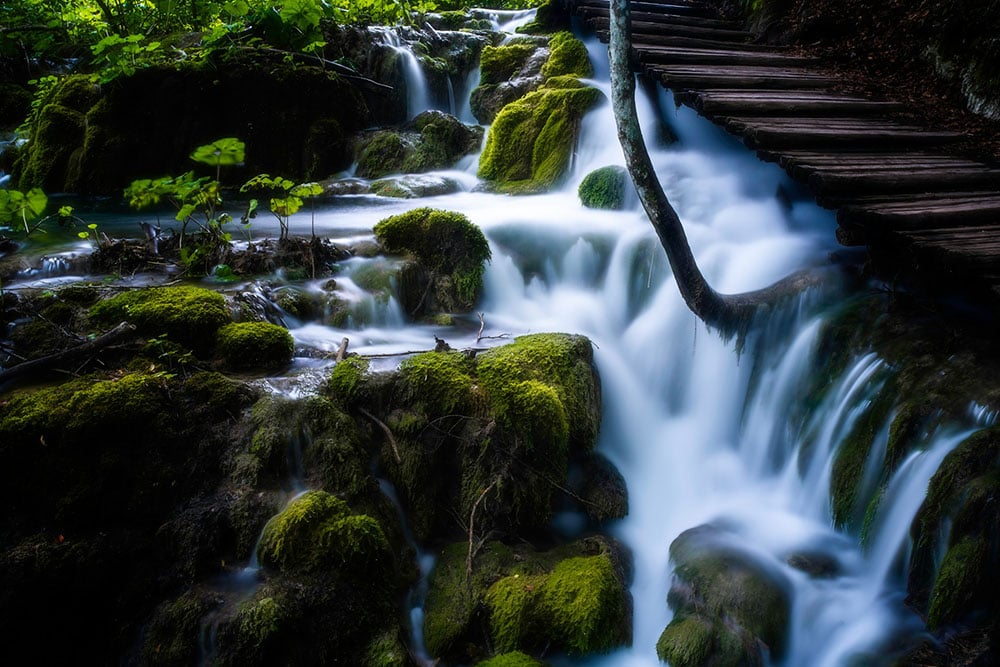
Photo by GEORGE ALEXANDRU NOVAC on Unsplash (license). Taken with a Nikon D800.
Yes, this is a twelve-year-old camera at the time of this writing, but if you ask me, it still ranks toward the top of the best-performing cameras when it comes to image quality.
And the D800 ticks a lot of boxes apart from clean high-ISO shots…
Color reproduction is top-notch, as is the dynamic range. That’s true whether you’re photographing a scene with natural light or artificial light. The Nikon D800 offers an incredible 14.4 stops of dynamic range, which is exceptional for any camera, let alone one from 2012! This makes the D800 a perfect tool for landscape photographers like me, where capturing detail in both the highlights and shadows is critical.

Photo by Wei CHEN 陈威 on Unsplash (license). Taken with a Nikon D800.
I’ve always found the D800’s images to be rich and full of life, with deep shadows and beautiful, accurate colors. The sharpness you get from the 36.3MP sensor is outstanding, especially when paired with high-quality Nikon glass. Even today, if you’re printing large formats, the D800 holds its own against many modern cameras.
The Expeed 3 processor in the D800 is, admittedly, starting to show its age. Processing such large image files—whether in-camera or during post-production—takes longer than it would on a more modern camera. This is something to keep in mind, especially if you’re planning to shoot a lot of high-resolution images back to back.
Video Capabilities of the Nikon D800
The D800 wasn’t just a stills powerhouse—it was also a leap forward for Nikon in terms of video. For the first time, Nikon offered 1080p full HD video in a DSLR, which was a game-changer for photographers looking to dabble in video without switching to a dedicated video camera. Learn more about the D800’s video capabilities in the video above by SuperSaf.
This camera shoots 1080p video at 24, 25, or 30 fps, which, at the time, was more than enough for most videographers. What’s more, the camera offers manual control over video settings, which was a huge selling point for filmmakers. You could adjust ISO, shutter speed, and aperture on the fly, giving you creative control over your video just like you would with stills.
The Nikon D800’s video capabilities were, however, limited by its autofocus system. In live view, the camera struggled to keep up with moving subjects, and focus hunting was a common issue. This is one area where Nikon lagged behind Canon, whose 5D Mark III offered better continuous autofocus during video recording.
Still, for those of us who are primarily still photographers, the D800’s video capabilities were more than adequate for occasional video work. If video is your primary focus, though, you’ll find better options out there today.
Lens Compatibility and System Versatility
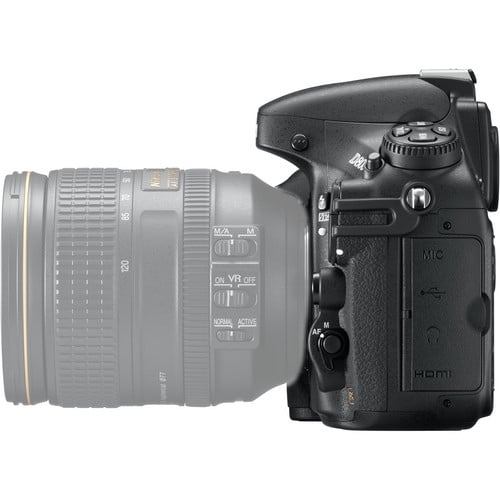
One of the things I love most about the Nikon D800 is its versatility, especially when it comes to lenses. As part of Nikon’s F-mount system, the D800 is compatible with an incredible range of lenses—from vintage manual focus lenses (which, frankly, I didn’t have a lot of experience with but know of people who did) all the way to the latest Nikon glass. The F-mount system’s longevity means that whether you’re using classic AI-S lenses or more modern AF-S G lenses, the D800 can handle them all with ease.
Landscape Lenses for the D800
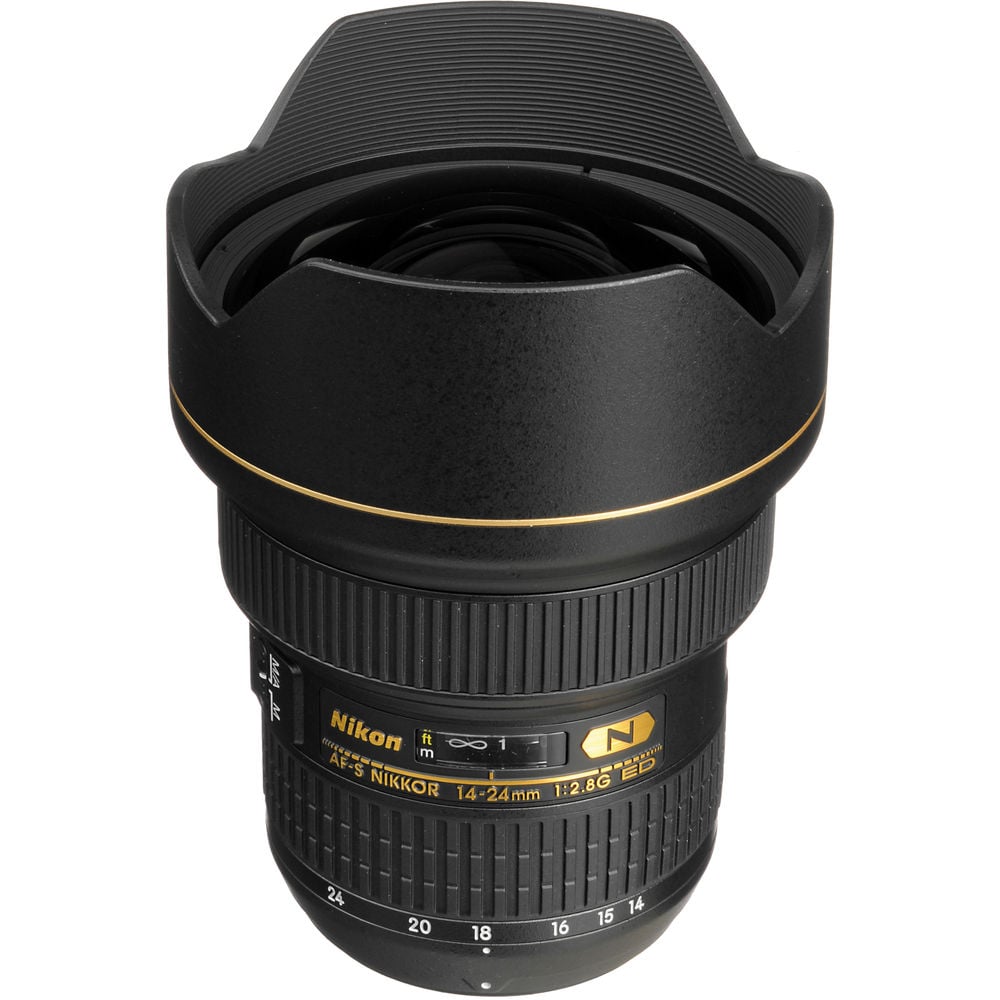
For landscapes, ultra-wide-angle lenses like the Nikon 14-24mm f/2.8G are an absolute dream. You may recall that I picked up the Nikon 14-24mm when I had my D700, and this quickly became one of my favorite lenses for very good reasons. The Nikon D800’s 36.3-megapixel sensor really brings out the detail and sharpness that wide-angle lenses can deliver, making it a go-to option for anyone shooting expansive vistas or architectural work. The Nikon 16-35mm f/4G is another stellar choice, offering excellent sharpness across the frame with a lighter, more portable build for when you need to be on the move.
Portrait Lenses for the D800
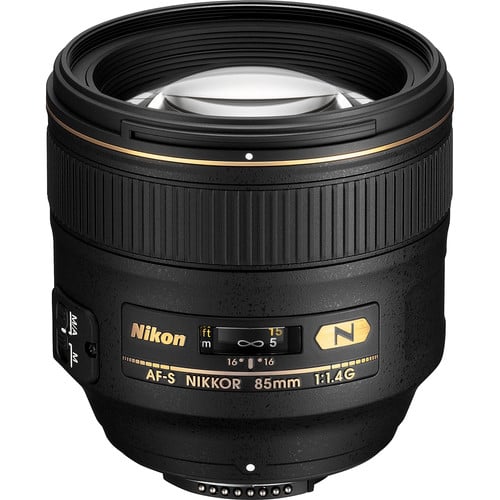
When it comes to portraits, prime lenses like the Nikon 85mm f/1.4G and 50mm f/1.8G shine on the D800. The high-resolution sensor beautifully captures the shallow depth of field these lenses offer, rendering stunning bokeh and precise focus on your subject’s eyes. For those wanting a little more reach, the Nikon 70-200mm f/2.8G is an excellent telephoto option that maintains sharpness, even when zoomed in.
Another major benefit is the D800’s compatibility with DX lenses. You can easily switch to DX mode and make use of those lenses without worrying about cropping in post. This feature is especially handy for wildlife photographers who need that extra reach. For example, using a Nikon 55-200mm DX lens with the D800 allows you to maximize that crop factor, giving you the equivalent of an even longer focal length while still maintaining a respectable resolution of around 15.3 megapixels.
This versatility in lens compatibility makes the D800 a powerful tool for all types of photographers, whether you’re shooting landscapes, portraits, wildlife, or anything in between. The ability to use such a wide range of glass is a big part of why the D800 has remained a favorite in my collection, even years after its release.
Pros of the Nikon D800
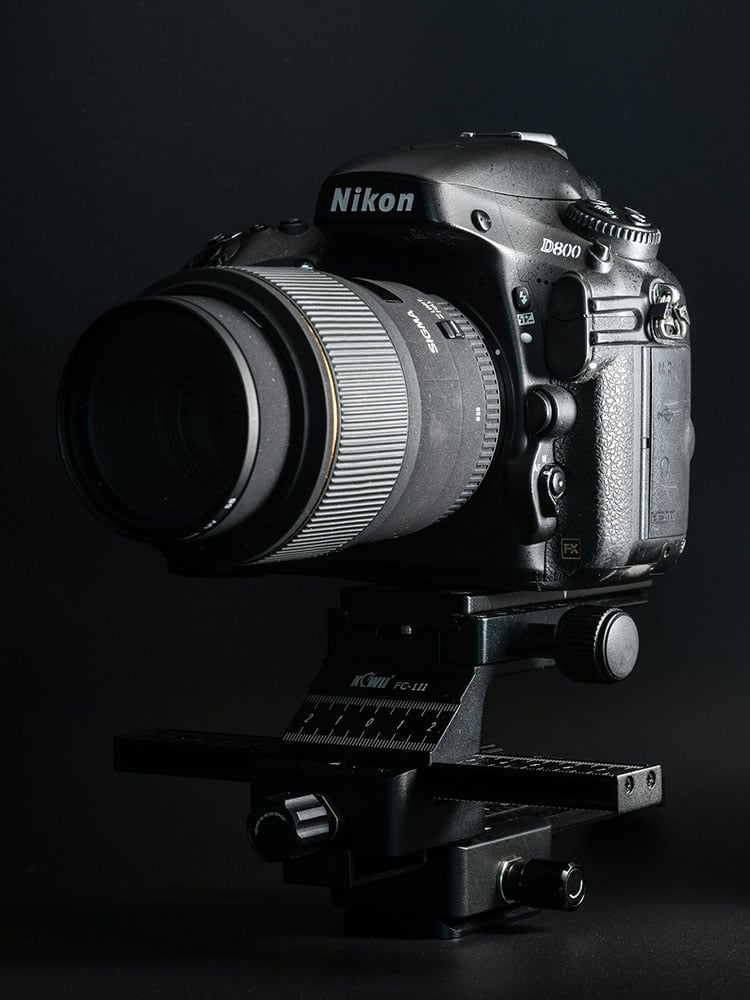
Photo by Wolfgang Weiser on Unsplash (license).
- Outstanding Image Quality: With a 36.3MP full-frame sensor, the D800 delivers exceptionally detailed images, making it ideal for landscape, studio, and portrait photographers. The dynamic range and color accuracy are still highly praised, even today.
- Durability and Build Quality: The D800 features a magnesium alloy body with weather sealing, ensuring it can handle tough conditions. Many users appreciate its solid, professional feel, describing it as “built like a tank,” which is great for outdoor or challenging shooting environments.
- Advanced Autofocus System: The 51-point autofocus system (with 15 cross-type sensors) offers reliable performance across various shooting conditions. Though it might not be as fast as newer models, it’s highly effective for portrait, studio, and landscape photography.
- High Resolution for Cropping: The high-resolution sensor provides ample room for cropping without losing significant image quality, which is useful for photographers who need flexibility in framing.
- Excellent ISO Performance: Despite the high megapixel count, the D800 maintains good noise control, especially when down-sampled from full resolution. Usable images are possible even at higher ISOs like 6400.
- Video Capabilities: Full HD 1080p video recording, along with manual controls over video settings, makes the D800 versatile enough for video work, particularly for those who also focus on still photography.
- Value for Money: Given its performance and features, the D800 is often seen as great value, especially when compared to other high-resolution cameras like the Canon 5D Mark III and medium format options.
- Dual Card Slots: The D800 features both CF and SD card slots, offering flexibility and redundancy for professional photographers.
Cons of the Nikon D800
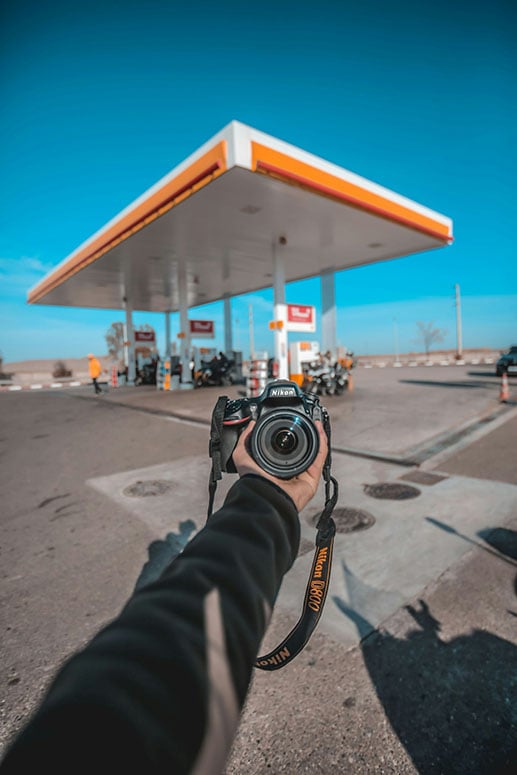
Photo by Zakaria Zayane on Unsplash (license).
- Relatively Slow Continuous Shooting: The D800’s continuous shooting speed of 4fps (or 6fps in DX mode with a battery grip) is slower compared to other full-frame cameras like the Canon 5D Mark III, making it less ideal for sports or action photography.
- Autofocus in Live View: The autofocus system, while excellent for stills, struggles in live view mode and video recording, with slow focus speeds compared to more modern DSLRs or mirrorless systems.
- Large File Sizes: The 36.3MP images produce large file sizes, which can be demanding on memory cards, storage, and post-processing time. This may require users to upgrade their workflow to handle the larger files efficiently.
- Video Autofocus: While video quality is good, the D800 lacks advanced autofocus capabilities for video, meaning manual focusing is often necessary during filming.
- Battery Life: Due to the power demands of the high-resolution sensor and features, battery life can be shorter compared to lower-resolution cameras.
- Weight and Bulk: The D800 is relatively heavy compared to some of its competitors, which can make it more cumbersome for photographers who need a lighter or more portable camera.
Final Thoughts on the Nikon D800
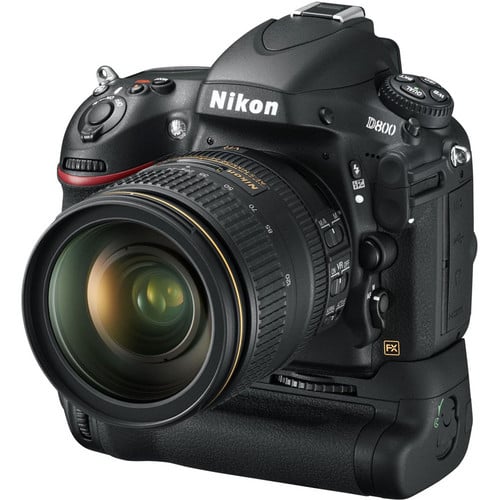
Photo by Sean Pierce on Unsplash (license).
Is the D800 a perfect camera? Certainly not…
As noted above, it only offers 4fps continuous shooting, autofocusing is on the slow side in live view, and the image processor is ancient. But those are my biggest complaints about this rig, and compared to the plethora of benefits this camera offers, there’s really not much to complain about.
If you’re considering getting into photography in 2024, the Nikon D800 is an exceptional choice—even for beginners. There are tons of great deals on this camera, making it an affordable yet powerful entry point into full-frame photography. With its 36.3-megapixel sensor, the D800 continues to deliver incredible image quality that outshines many newer, more expensive cameras.
Buy Used, Save Some Cash!
What’s more, if you shop on used platforms like MPB, you can find extraordinary deals on a wide variety of lenses at a fraction of their original cost. The Nikon F-mount system, in particular, is well represented on MPB and offers access to some of the most revered glass in the industry, from ultra-wide zooms to portrait primes, all available at significantly lower prices than they were when the D800 first hit the market.
The D800’s versatility, durable build, and high-end performance make it a fantastic buy in 2024, even for someone just starting out. Simply put, it’s a VERY likable camera! You get the benefit of professional-grade features—excellent dynamic range, color accuracy, and robust autofocus systems—without the hefty price tag of more recent full-frame models.
So why not upgrade your kit with this oldie-but-goodie? Save a few bucks! Whether you’re interested in landscapes, portraits, or even wildlife photography, the D800 is equipped to handle it all, and it’s easier than ever to pair it with some incredible lenses at budget-friendly prices.
Friendly disclaimer: Our articles may contain affiliate links that support us without costing you more, and sometimes we spice things up with sponsored content—but only for products we truly stand behind!
Learn More:
- Nikon Z5 vs Z6: Which Full-Frame Mirrorless Camera is Right for You?
- The Best DSLR Camera for Enthusiast Photographers
Hero photo by Mattia Righetti on Unsplash (license)


[…] Nikon D800 Review […]